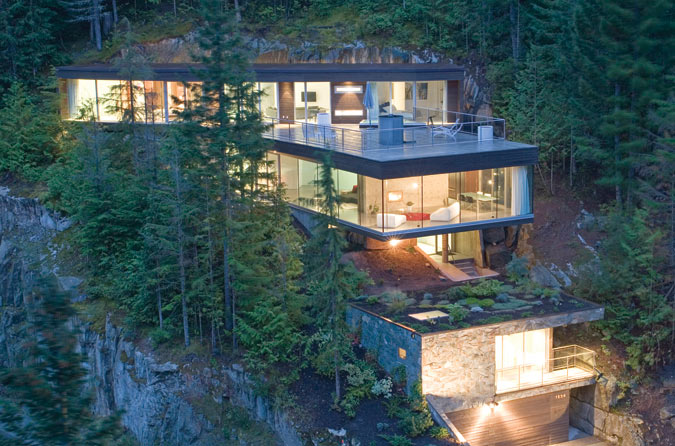
The Architectural League’s 30th annual Emerging Voices Award brings a focus to creative practices that will influence the direction of architecture. Each of the eight firms will deliver a lecture at the Cooper Union’s Rose Auditorium at 41 Cooper Square in Manhattan. The next lecture takes place on Friday, March 9 at 7:00 p.m. when Studio NMinus One and SCAPE / Landscape Architecture will present their work.
Studio NMinusOne
Toronto, Ontario, Canada
“We take on a lot of things,” said Christos Marcopoulos, one-half of NMinusOne, the Toronto-based studio founded in 2005 with Carol Moukheiber. “At times we think we should specialize.” Resisting a single direction, though, has enabled the pair to pursue diverse projects during their seven-year partnership. Marcopoulos and Moukheiber have collaborated across disciplines and materials, working at different scales and, in some cases, forging new parameters.
Embroidered with sensors, the IM Blanky may have health care applications.
Courtesy NMinusOne
|
Using technology and behavioral sciences to inform design, the firm’s voice is alchemic. Marcopoulos and Moukheiber are driven by the belief that design can affect health, social exchange, and usability. Since meeting at Cooper Union in New York they have investigated architecture through the discipline’s most forward-thinking professionals: Marcopoulos worked with Rem Koolhaas at OMA while Moukheiber took up a post with activist-designer Bruce Mau. “We think of architecture as capable of creating a new reality,” said Moukheiber.
In a recent summer project as part of their research-based teaching unit, Responsive Architecture at Daniels, or RAD, at the University of Toronto, they produced IM Blanky. The approximately 28-square-foot blanket is embroidered with 104 soft-tilt sensors that relay information back to a computer about the condition of the object it covers. And in the spirit of invention, NMinusOne collaborates, working across departments at the university to open up new channels of production for their ideas. As a result, the IM Blanky is being considered for development in the health care industry. Increasingly, the firm is interested in exploring how design can affect human behavior and actively engage its users, calling it “responsive architecture.”
In the Khyber Ridge House, 2005, NMinusOne created a dynamic environment to give a sense of motion and activity to a static construction. “It’s not the way a space looks but the way you experience space,” said Marcopoulos. The house has a flat roof system that looks like Frank Lloyd Wright’s Falling Water—only it performs much better—and allows the snow to be the insulation in winter. Indeed, the firm often enjoys making the architecture itself do the work. In the Invisible House—a speculative project—the architecture is made up of walls embedded with 16 focused light beams per square foot, which illuminate a nearby object when a body interrupts it. Working with the Department of Occupational Therapy, NMinusOne sees potential for the project in geriatric care.
For Marcopoulos and Moukheiber, architecture is a mode of thinking and, by exploring the elements that architecture controls, NMinusOne is shifting toward environments for pleasure and sheer stimulation.